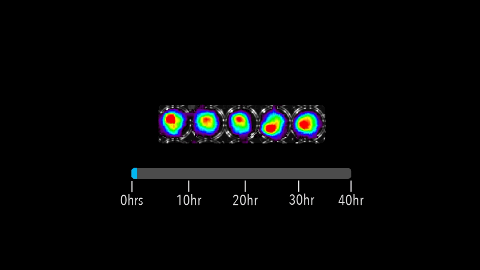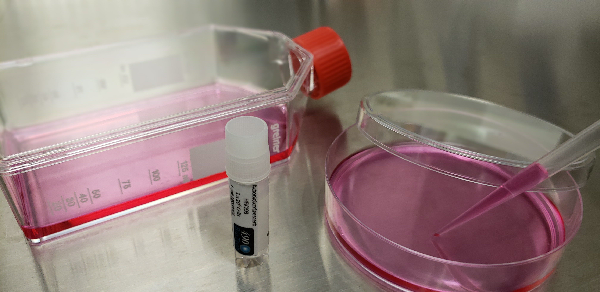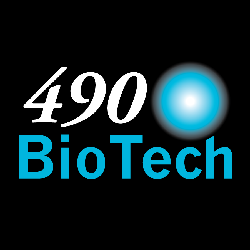 As a graduate student at the University of Tennessee, Dan Close was searching for a better way to visualize the inner workings of a cell. “We wanted a way to do things faster and, like every academic, we wanted a way to do things cheaper.” And he found it—a way to measure cellular health in real-time using bioluminescence.
As a graduate student at the University of Tennessee, Dan Close was searching for a better way to visualize the inner workings of a cell. “We wanted a way to do things faster and, like every academic, we wanted a way to do things cheaper.” And he found it—a way to measure cellular health in real-time using bioluminescence.
But after publishing the results, other researchers started asking for samples to use in their own studies. “It seemed like the perfect opportunity to take that technology and move it into the commercial space,” says Close, who co-founded 490 BioTech in 2011 with his advisor, Gary Sayler, and fellow researcher Steven Ripp. The technology promises to improve the pharmaceutical development and chemical toxicity processes.
The SBIR program has given me the opportunity to do something that I feel is absolutely worthwhile, not only as a personal pursuit but also as a way to give back to the scientific community...
When a company is designing a new drug, researchers often take snapshots of cells by using a fluorescent or bioluminescent indicator. The glow from the indicator can tell the researcher if the cell is healthier or sicker after the drug is administered.
But if a picture is worth a thousand words, a video is worth a million. “Our technology, instead of just providing a flash of light, allows cells to glow continuously, where happy, healthy cells are very bright, sick cells get dim and dead cells turn off and go dark,” says Close. “This allows these companies to get much more information about which potential new drug candidates are having a positive effect on cells,” which ultimately leads to reduced costs and better medicines.
 But shifting into the commercial space is no easy feat. A 2013 Small Business Innovative Research (SBIR) grant from the National Institute of Environmental Health Sciences helped with the move. “It was really the launching point for transitioning us away from being a group of academics trying to improve a technology to becoming a business trying to commercialize a solution,” says Close.
But shifting into the commercial space is no easy feat. A 2013 Small Business Innovative Research (SBIR) grant from the National Institute of Environmental Health Sciences helped with the move. “It was really the launching point for transitioning us away from being a group of academics trying to improve a technology to becoming a business trying to commercialize a solution,” says Close.
Using 490 BioTech’s bioluminescent system, one company designed a system in which tumor cells glow continuously, which sped up their research program, reduced costs, improved data accuracy and significantly improved the welfare of their animal subjects by eliminating a surgical step.
Close says their participation in the NIH Niche Assessment and Commercialization Accelerator Programs aided company leaders in identifying their customer base and focusing their product design.
To date, 490 BioTech has sold products for beta testing mostly through word of mouth, but this year they are excited to kick off their big product launch, having postponed it due to Covid-19. Close says SBIR support has provided the company more time to develop a high impact product, which is different from the focus on financial return that is tied to venture capital funding. “The SBIR program has given me the opportunity to do something that I feel is absolutely worthwhile, not only as a personal pursuit but also as a way to give back to the scientific community; to create new tools that will allow others to do more with their research.”







